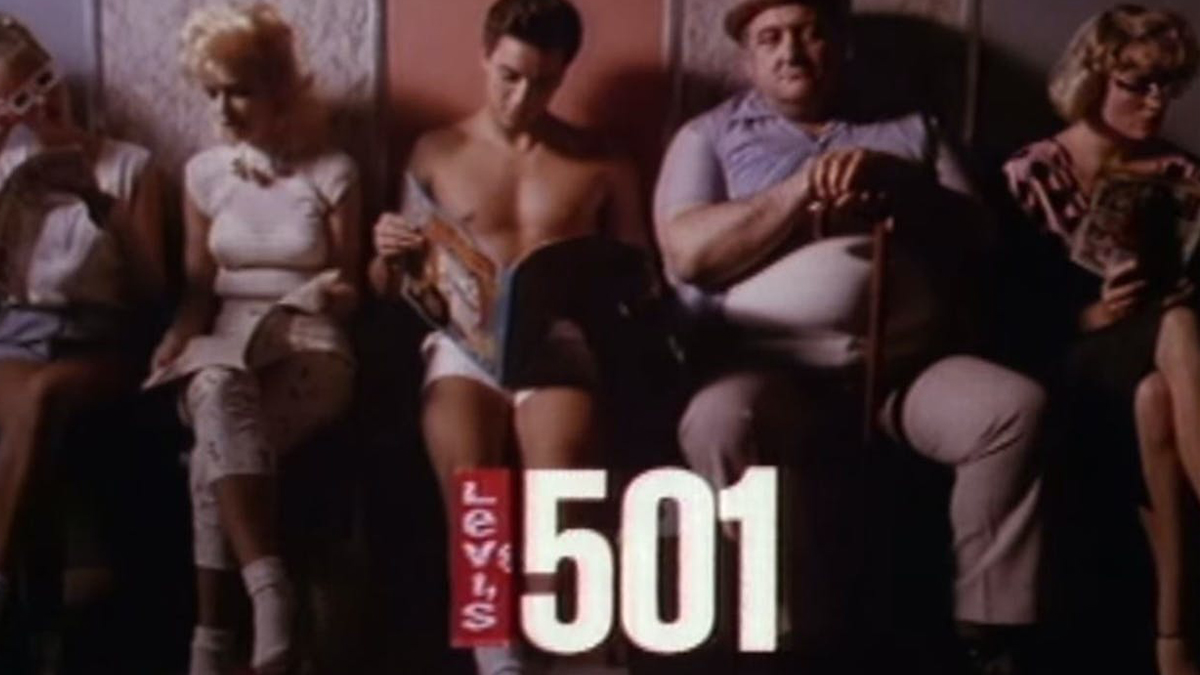For years, the industry has bemoaned the decline in advertising effectiveness, with the IPA documenting an almost halving of impact in the past 20 years.
In his brilliant piece on this, Orlando Wood of System 1 Group argues that this is aligned with a dramatic fall away in work that appeals to the emotional, creative part of our brains and an upsurge in work and messaging that panders to the logical, pragmatic part. This left-brained approach is, he argues, leading to a “…loss of uniqueness…a sense of repetition and homogeneity…” with culture becoming “…flatter and more didactic…focusing on what’s ‘right’ – ‘I know that (and you should too)’”
A subset of this demise in difference can be seen in music in ads, with the use of music with a catchy or discernably different melody being replaced in favour of the rise of the rhythmic soundtrack, a blunt approach to attention that is on the rise in a nod to the left-brain’s desire for standardisation and order, over-and-above flow and spontaneity.
This cookie-cutter approach to music in ads flies in the face of research across a range of subjects, with several studies reporting that music interventions can have a positive impact on attention with ‘…the perception of rhythmic, melodic, harmonic, and dynamic patterns influencing the focus and organisation of the flow of our attention’.
Music is part of who we are as humans. A comprehensive recent study by scientists at Harvard concluded that music is indeed a universal language, understood the world over irrespective of social contexts. Across a global research group covering 86 cultures, they found that “…across societies, music is associated with behaviours such as infant care, healing, dance, and love.”.
So how can marketers better understand and harness the universal power of music and start to make up for lost effectiveness in work?
Firstly, we must think deeply about the connection that individuals will have with a music piece. In recent work for Virgin Red, our agency reworked the classic tune 99 red balloons (below), knowing that this would conjure up instinctive, nostalgic memories aligned with a jolt of hearing it as a completely new composition.
John Lewis have also been masterful through the years in this same ‘hang on, I know this, but it sounds different’ trick…! The remaking of The Power of Love by Frankie Goes to Hollywood, still remains a firm favourite. Secondly, the way a soundtrack works with the story is key.
A study by Neurosight found that music in TV ads becomes more memorable when it drives the action of the ad, with lyrics and tempo correlating with the action on the screen. Ads used like this were 14% more efficient than those that use passive, background music. Take the classic Levi’s commercial with Nick Kamen — amazing music choice with lyrics that perfectly fit the narrative.
Editor’s note: you can’t go wrong with Marvin Gaye’s version of I Heard It Through The Grapevine.
Thirdly, smart marketers are now thinking of music as media, leveraging the media power of both artists and fans to drive attention around the ads. JustEat have used Snoop Dogg to masterful effect, with work that leverages the artist and the tropes of the West Coast Hip Hop in a way that takes me back to a world of Walkman’s and cassettes… yes, I’m old.
Finally, uniqueness in music can be brand-created, as the likes of Intel and McDonald’s have proven. The use of a unique brand audio signature can prove incredibly powerful in driving attention around their work. In tests with Unilever, WARC noted that the implementation of a sonic device — “a subtle combination of rising, harmonic notes” — strengthened brain responses across all key metric — engagement, emotional intensity, memory encoding — for the ad.
We see this also in ads from Confused.com, a simple guitar strum that exists throughout their ads, always bringing us back to their brand.
Editor’s note: this ‘strum’ is the song Rumble, by Link Wray, most famously used in Pulp Fiction.
In summary, a lack of sound thinking around music can lead to even the best creative ideas falling on deaf ears. Having a brilliant strategic view on music and sound choices can make the difference for all brands, everywhere.
Featured image: Levi’s 501 advert, 1985




























